Each summer, as the British weather turns warm (or, at least, as warm as it gets), the royal family retreats to their summer playground at Balmoral Castle. This pilgrimage to the Scottish Highlands is more than just a vacation; it's a cherished tradition that has spanned generations. Breaks at Balmoral offer the royals an escape from the public eye and a chance to enjoy the pleasures of countryside life.
While the world often sees them at their most polished—attending state functions, meeting heads of state, or engaging in charity work—Balmoral offers a rare peek into some more personal pastimes.
With the royal family officially kicking off their 2024 stay in the past few weeks, I thought we could take a look at the history and routines of Balmoral.
An Enduring Royal Estate
The Estate itself was purchased by Prince Albert for Queen Victoria—who had been enchanted with Scotland since she was a young girl—in 1852. He paid £32,000 for the entire property (over $5 million today). As a result of this purchase, Balmoral is the monarch's private property, not part of the Crown Estate.
Victoria and Albert deemed the original castle on the Balmoral property “too small” for their family (they did have 9 children), so they commissioned a new one—the structure that we still see today. The castle-proper is just one of 150 buildings sprawling across 50,000 acres; two other royal residences there include Birkhall and Craigowan Lodge.
The expansive Estate boasts forests, lochs (lakes), valleys, mountains, and farmland, and is also home to herds of deer, sheep, ponies, and Highland Cattle. Victoria and Albert used to spend every Autumn at Balmoral, with the Queen spending hours walking the picturesque landscape, and Prince Albert being the first in a long line of royals to spend hours out hunting on the property. After Albert’s death, Victoria would routinely withdraw to the privacy and serenity at Balmoral for months at a time.
Nestled in idyllic Aberdeenshire, Balmoral Castle remains the modern monarchy’s “home away from home” even today. The estate provides a royal’s playground where the family can engage in their favorite outdoor activities: hiking, fishing, and horseback riding. Best of all? This can all be done in the utter privacy that their other residences, closer to London, can’t afford.
The manor’s decor reflects the family’s taste for design that balances grandeur with comfort and simplicity. Balmoral’s interiors are adorned with family photos, tartan prints, and homely touches—a stark contrast with Buckingham Palace's more opulent, wedding cake-esque environs. Above all, though, it’s the natural beauty of the surrounding Scottish landscape that truly captures the spirit of Balmoral: wild, rugged, and unspoiled.
Timeless Residence, Modern Appeal
Queen Elizabeth II, who used Balmoral as her summer residence, explained the charm that the estate held for the Royal Family: “You just hibernate. It is rather nice to hibernate when one leads such a movable life. To be able to sleep in the same bed for six weeks…it is a nice change.”
Poignantly, Balmoral would also become the site of Queen Elizabeth II’s last-ever official duties, as she formally received Prime Minister Liz Truss in the Castle’s green drawing room just days before she passed away on September 8th, 2022.
In Spare, Prince Harry shares some of his memories of Balmoral, reflecting on the significance the estate held in his life and within the royal family. Harry recounts several personal moments spent at Balmoral, including time with his grandparents, Queen Elizabeth II and Prince Philip, and how the Scottish estate served as a backdrop for both joyful family gatherings and somber events. Most poignantly, he recalls being at the estate when he learned of his mother, Princess Diana's, death. In those fraught days, Balmoral was a place where the family grieved together, and where he and Prince William sought comfort in the familiar routines of the estate.
Time and time again, Balmoral is presented as a sanctuary of sorts—which it remains to this day, despite the complicated emotions tied to the castle.
King Charles and Queen Camilla have continued the tradition of visiting this “paradise in the Highlands” every August, with Charles being particularly fond of the estate’s gardens and landscape. This weekend, amidst a year of health crises and public relations mishaps, the family was still spotted dutifully trekking to Sunday services at the nearby Crathie Kirk. These services are (like the rest of the royal family’s time at Balmoral) private, with the media often kept at a distance.
A Summer Routine
The daily routine at Balmoral is far less rigid than at other royal residences. Mornings often start with a robust Scottish breakfast (beans, toast, mushrooms, eggs, sausage, tattie scones, haggis, and black pudding)—which I can confirm heartily braces you for a day of outdoor activities. The royal family enjoys long walks in the surrounding countryside, often accompanied by their pet dogs. Queen Elizabeth would famously ride her ponies or drive herself around the estate in her Land Rover, often dressed in a jaunty headscarf and a down-to-earth Barbour jacket.
Afternoons might be spent fishing in the River Dee, picnicking by the loch, or hosting informal cocktail hours with friends and family. The royals are also fond of barbecues, and in years past, the late Prince Philip could often be found manning the grill with gusto.
Evenings at Balmoral are usually quiet, with the family retreating indoors for a relaxed dinner. The dress code is informal, since the scrutiny of the public and the media aren’t factors here.
That’s not to say that formal occasions are nonexistent at Balmoral. Two prominent soirées, steeped in tradition, are typically held during the royal family's summer stay at the castle: the Ghillies Ball and the Crathie Kirk Ball.
The Ghillies Ball, the most famous of the two, is a longstanding tradition dating back to the Victorian era, with the eponymous Queen starting the event in 1852 to thank the estate's staff (or "ghillies") for their hard work. The smaller, more intimate Crathie Kirk Ball is held to raise funds for the nearby Crathie Kirk, where the royal family spends Sunday worship during their stay in Scotland. Both events feature traditional Scottish country dancing, such as the eightsome reel, and remain a highlight of the social calendar at the Scottish estate.
As the royal family continues to evolve, so will their connection to Balmoral. Each new generation brings its own touch to the summer retreat. Today, with the younger royals introducing the joys of the Scottish Highlands to their children, Balmoral’s legacy endures as a respite for the monarchy’s innermost circle. Above all, the estate is a place of solace and tradition, where the family can momentarily escape the pressures of royal duties and the public eye.
Visiting as a Non-Royal
The gardens and grounds of Balmoral Castle were opened to the public for the first time in 1931. They are now open daily between April and the end of July, after which time royal family members typically arrive at the castle for their annual stay.
This year, the public was allowed the rare opportunity to explore parts of the castle that are typically off-limits to the public. Tickets for guided tours of Balmoral Castle sold out within just 24 hours, with only 40 tickets available each day within the available window.
Visitors on these tours were promised a historical journey through several rooms used by the royal family, including the green drawing room, family dining room, and library. The tours were priced at £100 per ticket, or £150 for an enhanced experience that included afternoon tea. Given the exclusivity and the chance to see the castle's interior, it's no surprise that these tickets were snapped up so quickly!


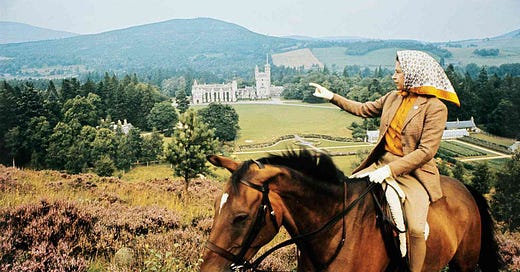


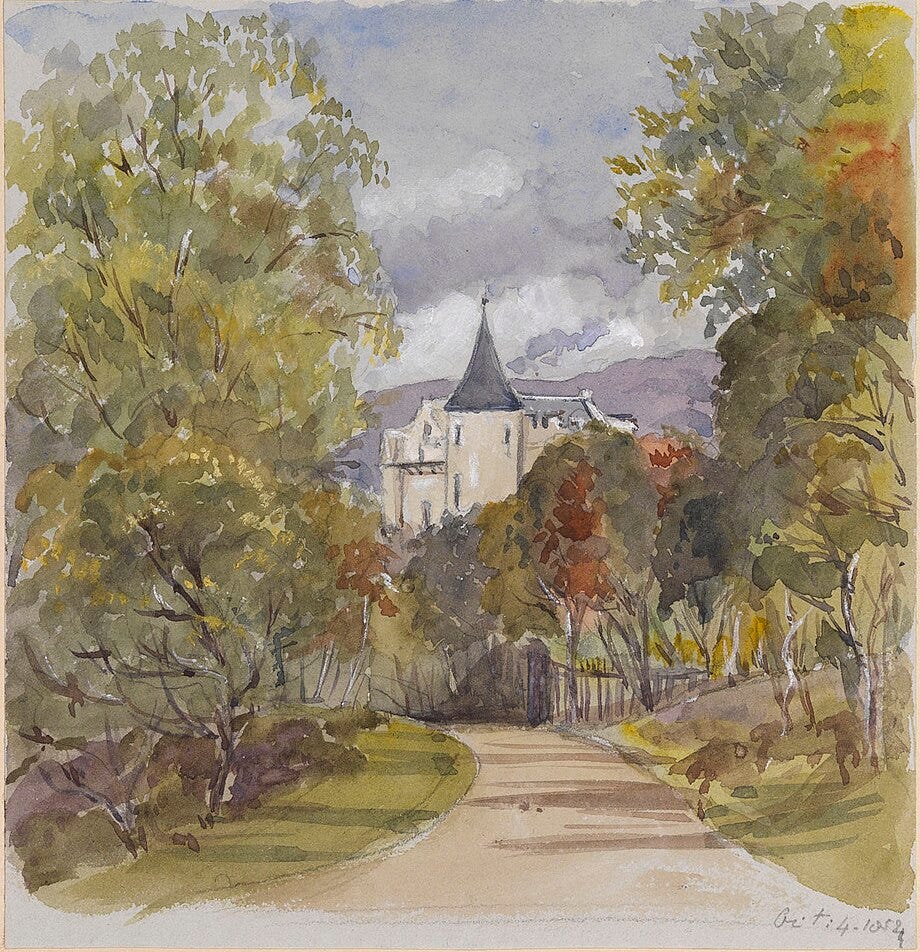
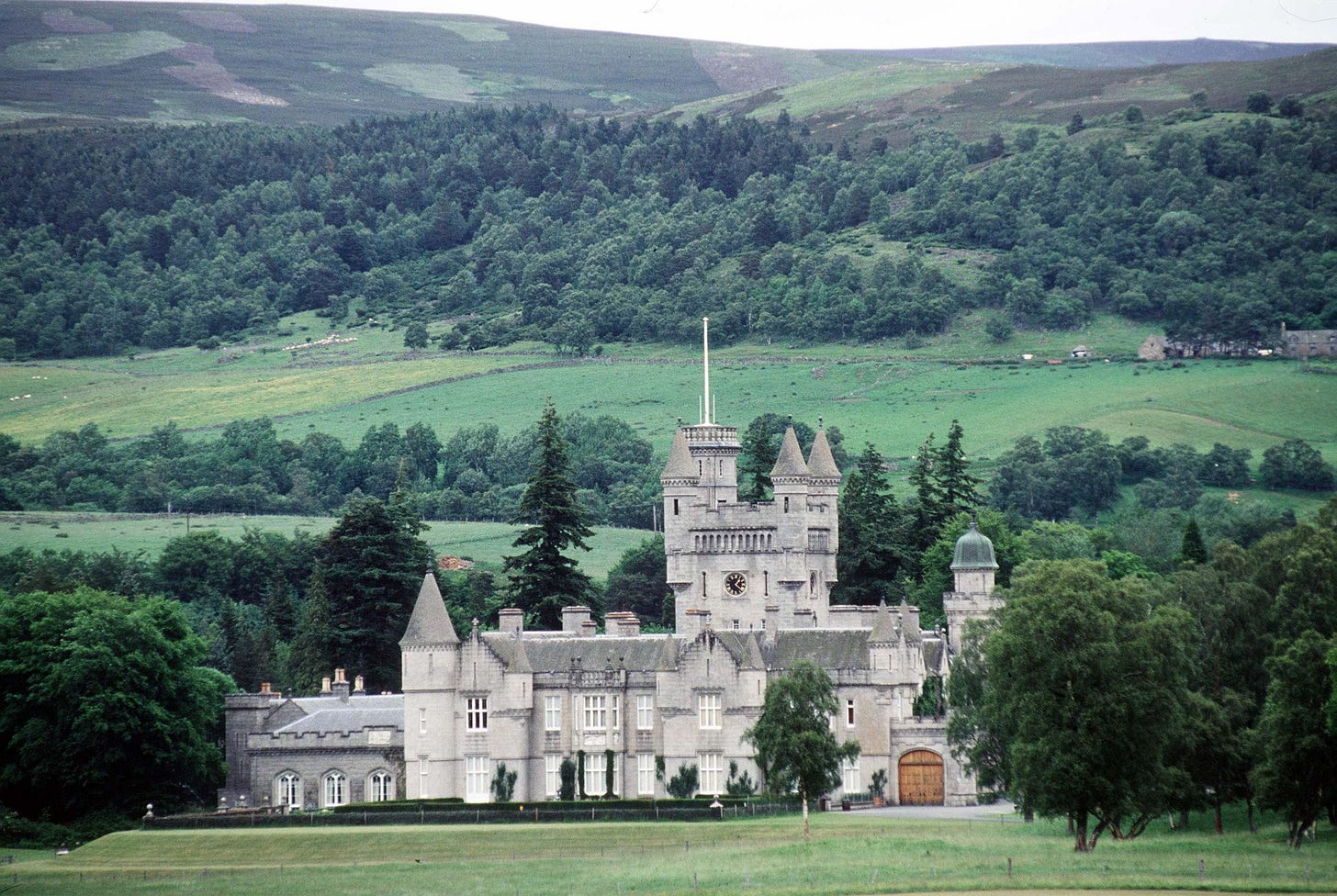
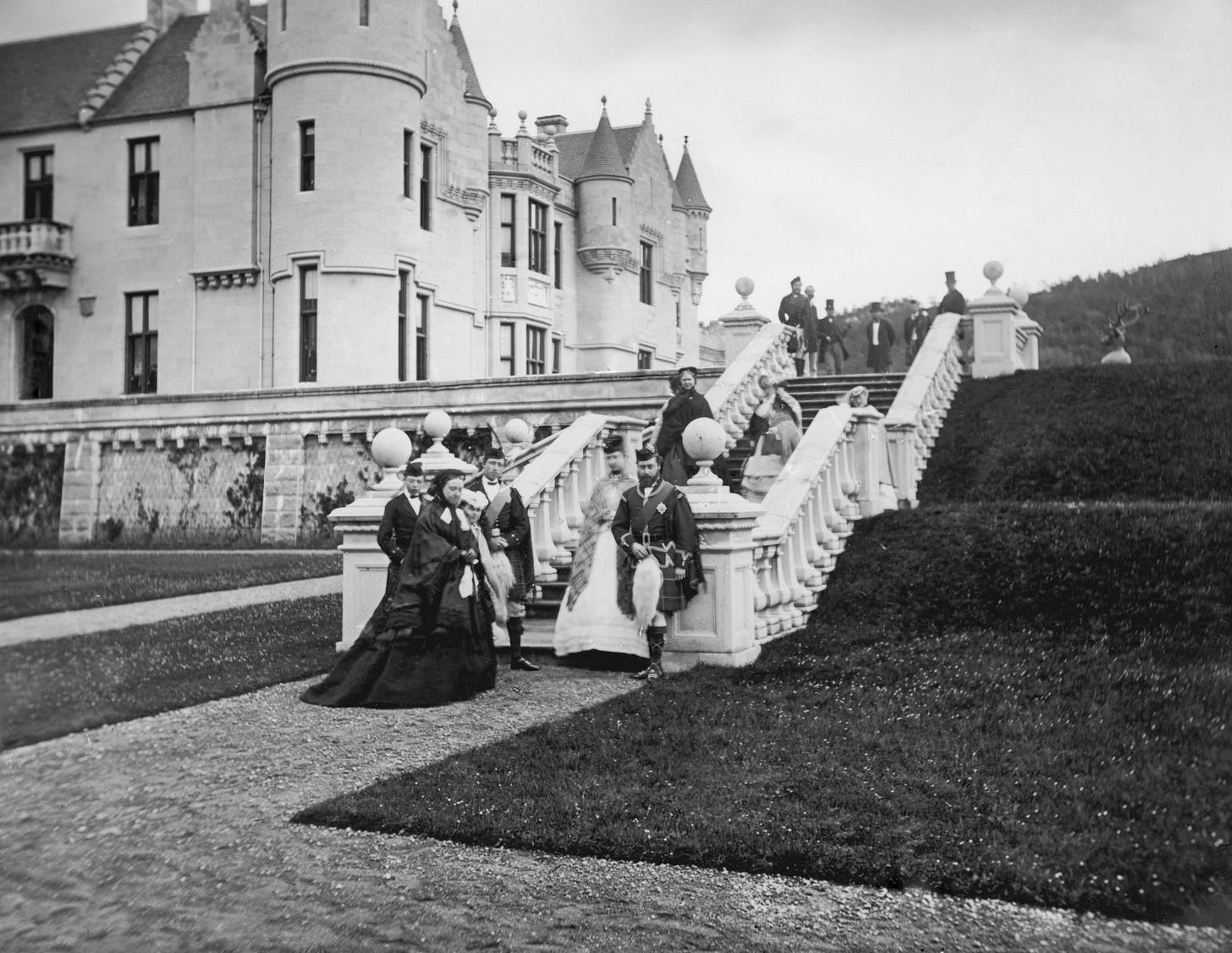
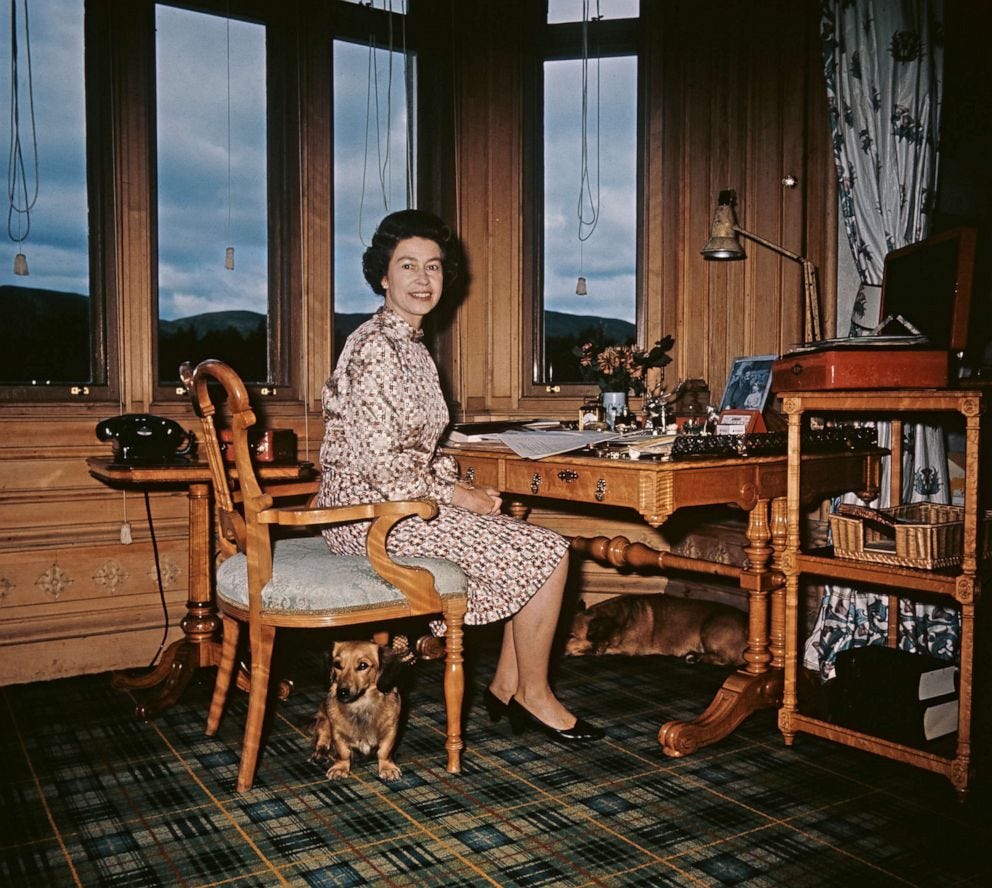
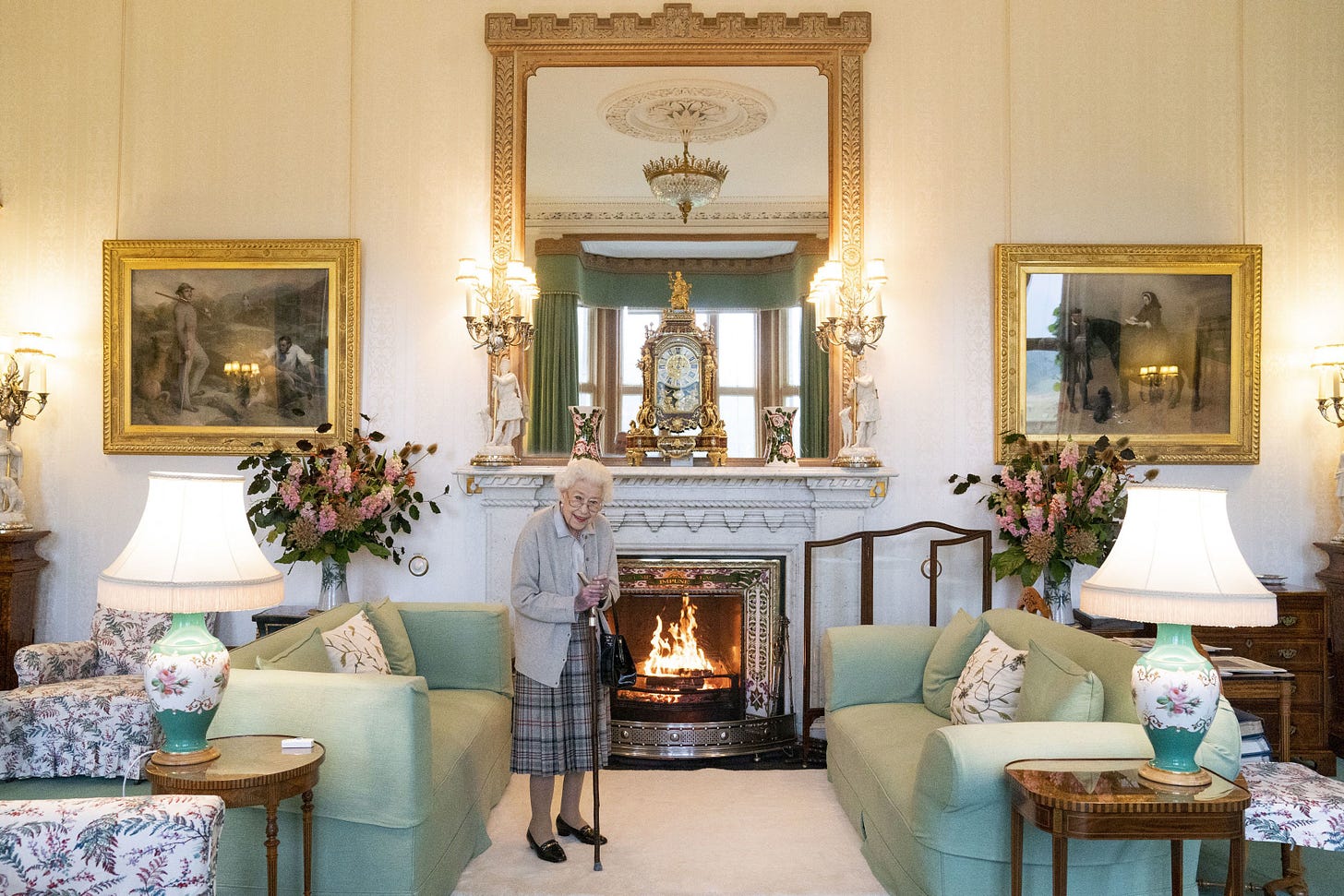
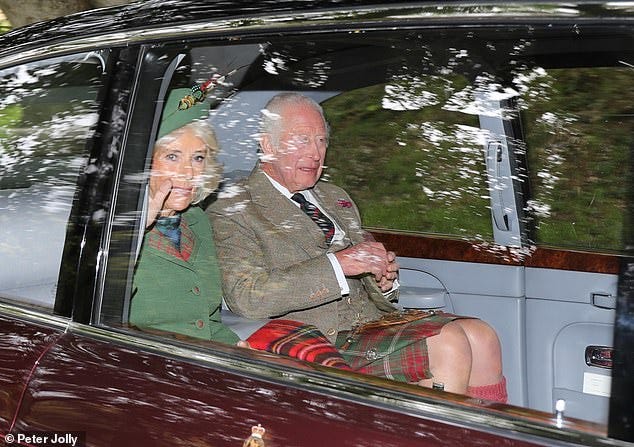
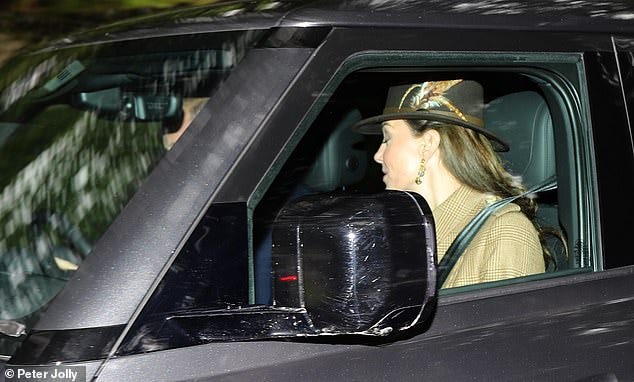

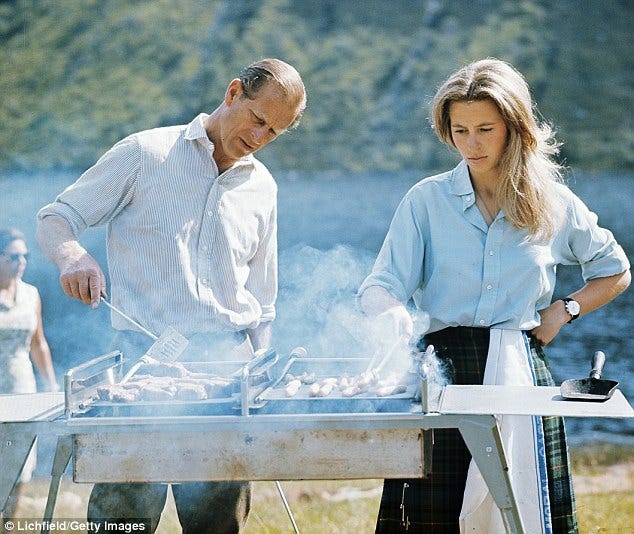
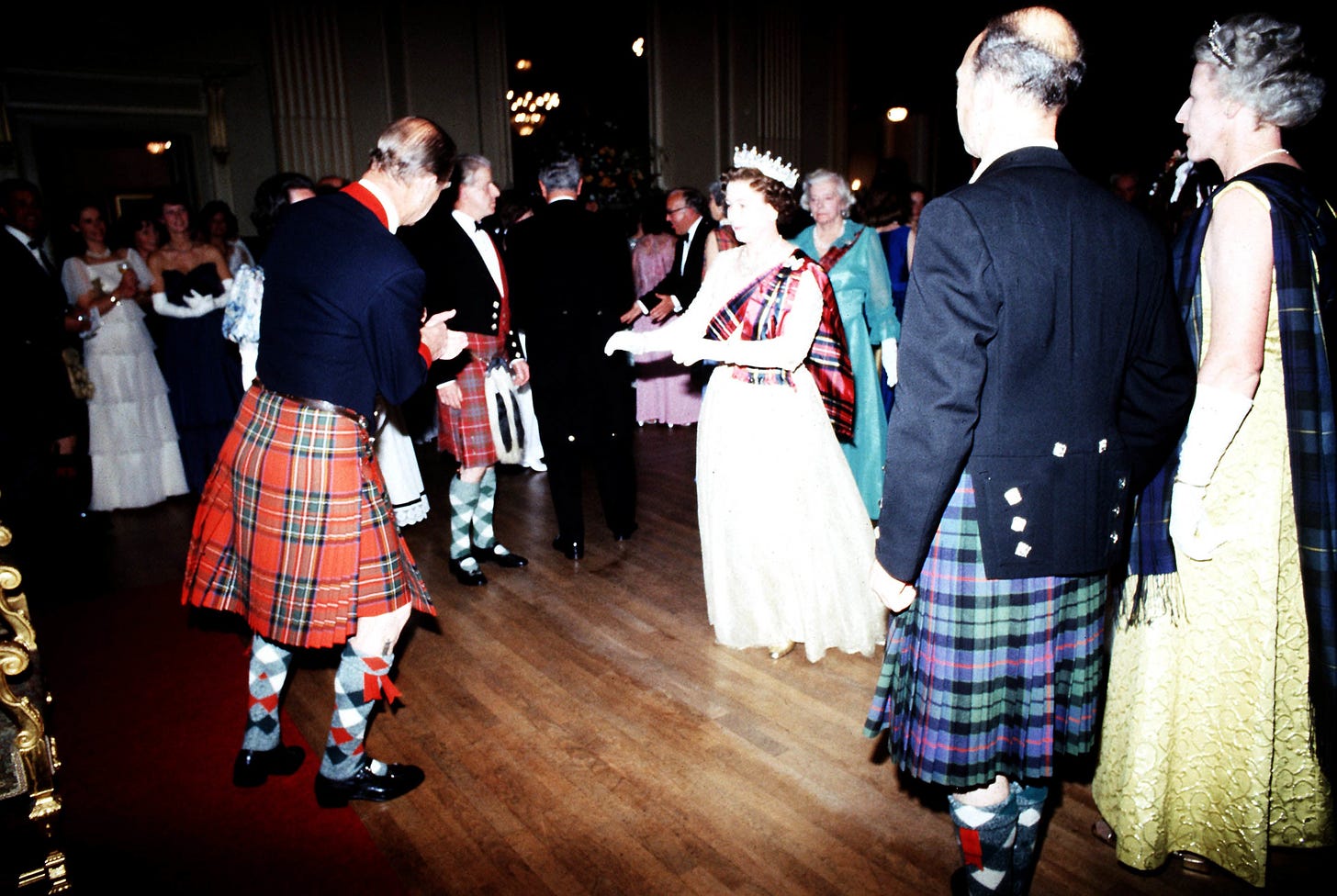

I like his little kilt! Tho it does feel weird being able to see the King's knees.